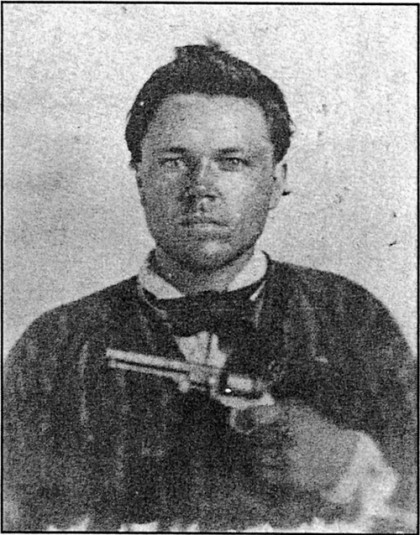There was some discussion on Facebook among gun blogger folks about this article, which shows that Colin Goddard has made the leap to the MAIG train:
He’s transformed the traumatic experience into a drive to action. He is now a senior policy advocate for Mayors Against Illegal Guns (MAIG), a national, bipartisan coalition of mayors, founded in 2006. The organization’s central mission is to keep illegal guns out of dangerous hands.
Previously, Colin Goddard was Assistant Director of Legislative Affairs for the Brady Campaign. This is further evidence that there’s a great deal of shake-up continuing to happen within the Brady organization. Before Sandy Hook, finances at the Brady Campaign weren’t exactly peachy. which you can even see on this summary from Foundation Center:
They had lost, or let go, some of their long time employees, including Dennis Henigan, and appeared to be starting to use the Brady Center for a lifeboat for those that remained. Colin Goddard, given that he was in the legislative arm of the Brady Campaign, really wouldn’t have any place in a 501(c)(3), which are much more limited in their ability to fund political activity.
Now we are able to access the Form 990s where the impact of the Sandy Hook massacre can be seen. See their 2012 Form 990Â to understand what I’m speaking of. The 2012 990 shows a massive uptick in fundraising. I’d be willing to bet that Brady raised most of that amount in the period between December 14th and the end of the year, because they didn’t really have time to spend any of it. The Brady Campaign income increased by 2MM in 2012, but their spending had actually decreased. It looks, in fact, like Sandy Hook saved the Brady Campaign from ruin. We’ll have to wait for the 2013 990 to find out whether the Brady Campaign spent any of that windfall, or whether they pocked it to keep the outfit going a few more years.
The Brady Center, their 501(c)(3) entity, also did better in 2012, but not nearly as dramatically as the Brady Campaign. The Center only did about 1MM more in revenue for 2012, and again, I suspect most of that came between December 14th and the end of 2012. Again, they were positioning themselves to reduce spending in the center that year as well.
If the Brady folks are smart, they would have spent most of 2013 sitting on that money, trying to keep spending down, to keep the organization afloat for a few more years. It will be interesting to see 2013 and 2014 numbers, when they are filed, to see if contributions and other revenues from both the Brady Campaign and Brady Center returned to their normal levels, or even continued declining. It’s been pretty clear to me that to whatever extent there is a future for gun control, it rests with the Bloomberg funded efforts, and not the Brady organization. Brady is now, at best, a second string player in the gun control movement. The ultimate question is whether they’ll find a few foundational patrons to keep them alive as a shell of their former selves, much like what has happened with the Violence Policy Center, who did not get nearly the windfall from Sandy Hook in 2012 as other groups. To some degree, I have to wonder if some of the bigger financiers of the gun control movement are trying to stave off long time stalwarts of the movement from dying out, for fear the media stories will ruin the movement as a whole. The next three years will give us a much clearer picture of what the post-Sandy-Hook gun control movement looks like financially.




